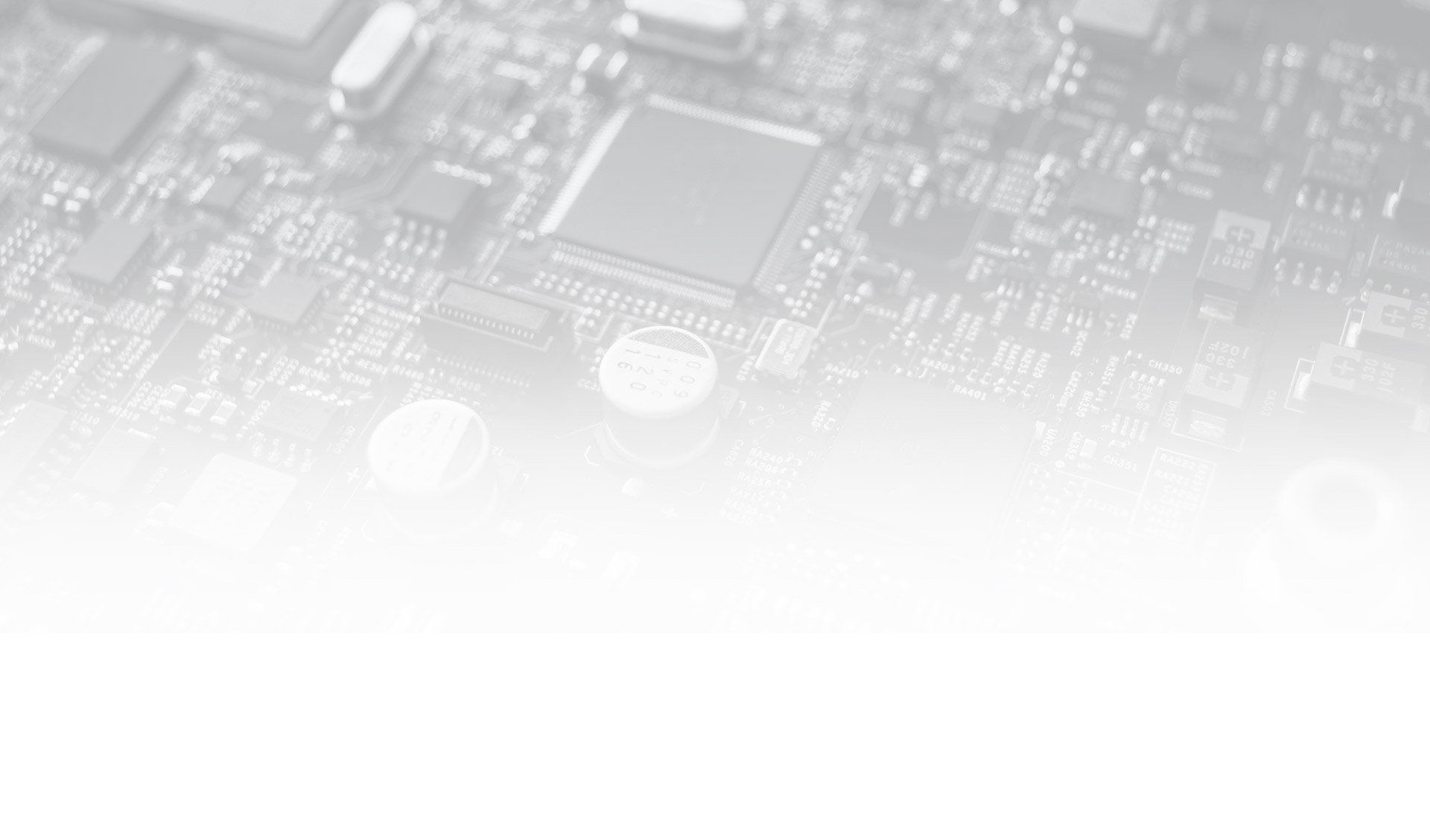Tel:
Email:
code
Siansonic unique non-invasive ultrasonic air bubble detectors and ultrasonic air bubble sensors are widely used in the detection of air bubbles in liquid delivery for medical industry such as infusion pumps, dialysis machines and in vitro diagnostic instruments. Ultrasonic air bubble detection sensor is to identify gas and liquid by using the difference of ultrasonic acoustic impedances in liquid and gas.
Compared with the optical detection method of ultrasonic nebulizer transducer, ultrasonic bubble detection has no requirements for the color and transparency of the tube and liquid
The cleanliness of the outer wall of the air bubble detector tube will not affect the detection accuracy of the ultrasonic bubble detector


Siansonic has various ultrasonic air bubble detection sensors and piezoelectric transducer for sale to match different tube material including plastic, silicone, metal, and size from 3mm to 25mm in outer diameter.
Usually, the detectable air bubble of ultrasonic air bubble sensor is 30% of inner diameter of tubing. For example, a tube with ID 2mm, the smallest air bubble that ultrasonic bubble detector can detect is around 0.6mm in diameter.

The Ultrasonic Air Bubble Detector Sensor is a device that uses ultrasonic sound waves to detect the presence of air bubbles in a fluid-filled tube or pipe. It is composed of a transducer and a receiver, which are placed on opposite sides of the tube or pipe. The transducer emits high-frequency sound waves that travel through the fluid, and if they encounter any air bubbles, some of the sound waves are reflected back to the receiver.
The Ultrasonic Air Bubble Detector Sensor measures the time-of-flight of the reflected sound waves to determine the location and size of the air bubbles. The time-of-flight measurement is used to calculate the distance between the transducer and the air bubble, and the size of the air bubble can be estimated based on the intensity of the reflected waves.
The Ultrasonic Air Bubble Detector Sensor is a non-invasive and non-contact method of detecting air bubbles, which means that it does not interfere with the flow of the fluid in the tube or pipe. It is highly accurate and reliable, and can detect very small air bubbles, making it ideal for use in critical applications such as medical equipment, chemical processing, and water treatment plants.
In addition to its industrial uses, the Ultrasonic Air Bubble Detector Sensor is also used in the food and beverage industry to detect air bubbles in liquids such as beer, soft drinks, and wine. It is an essential tool for ensuring the quality and consistency of these products.
Overall, the Ultrasonic Air Bubble Detector Sensor is a valuable tool for a wide range of industries and applications, providing accurate and reliable detection of air bubbles in fluids.
The Ultrasonic Bubble Detector and ultrasonic air bubble sensor is a device used in medical, bioprocessing, and industrial applications to detect the presence of bubbles in fluid systems. The device uses ultrasonic waves to measure the size and quantity of bubbles, providing real-time feedback on the fluid flow. The technology is non-invasive and can be used in a variety of applications, including blood transfusions, dialysis, and fermentation processes. The ultrasonic bubble detector and ultrasonic air bubble sensor can improve product quality, reduce production costs, and increase safety in fluid systems.